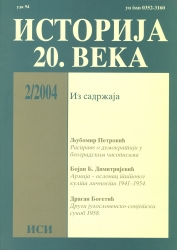
East and West in The Yugoslav Caricature 1948–1952
Istok i Zapad u jugoslovenskoj karikaturi 1948–1952
Keywords: East; West; caricature; 1948; 1952;
East and West in the Yugoslav caricature 1948–1952.
More...
Keywords: East; West; caricature; 1948; 1952;
East and West in the Yugoslav caricature 1948–1952.
More...
Originally published in: "Die Länder der Volksdemokratie", Ostberlin, Nr. 122, 1953: Die Literatur anziehender und interessanter gestalten!
More...
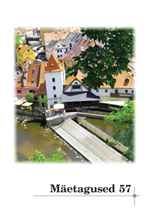
Liisi Laineste dwells upon the international conference “Constructing the Other through the Prism of War: Contested Images in Eastern Europe (1930s–1950s)”, which was organised in Tartu on May 7–9.
More...“Vasile Botnaru: Astăzi, vom sta de vorbă cu doi redutabili şi inconfundabili artişti ai „chirurgiei sociale”, cum îi defi neşte presa. Primul este originar din oraşul minerilor Petrila, din România, iar celălalt locuieşte la Chişinău, oraş care, după părerea unor gazetari, ar avea şi el nişte tangenţe cu mineritul din cauza galeriilor subterane, dar şi din cauza „mineriadei latente” care s-ar produce în capitala celui mai vestic stat din componenţa CSI. Dar nu asta îi leagă pe cei doi invitaţi ai emisiunii de astăzi. Pe lângă faptul că sunt prieteni, au aceeaşi specializare – ambii se ocupă, patetic vorbind, de „extirparea tumorilor comunitare”, mai exact luptă cu metehnele politicienilor. Altfel zis, le poartă sâmbetele în paginile ziarelor, comentând prin mijloace grafi ce călcatul lor prin străchini. Este vorba despre doi caricaturişti. Primul este Ion Barbu, care abia după 15 ani de inginerie de mină şi-a dat seama că adevărata vocaţie sa este caricatura, doar că a putut să o valorifi ce din plin abia după Revoluţie. Într-un interviu acordat pentru revista Ramuri, Ion Barbu spunea: „este uşor să fi i caricaturist când toată clasa politică lucrează pentru tine”. Drept dovadă servesc, bunăoară, paginile revistei Caţavencu”[…]
More...
Keywords: caricature; Polish-Czechoslovakian relationships; visual propaganda
The author presented a vision of Czechoslovakia created by Polish caricatures. The main source was caricatures which were published in Polish satirical magazines „Szpilki” and „Mucha” from 1945 to 1948. The author used quantitative analysis which allowed plots portrayed within the caricatures to be caught. The paper is composed of three parts which contain analysis of the particular caricatures. The first one showed analysis of caricatures which created Czechoslovakia as an enemy of Poland. That vision was connected with border conflicts between the neighbouring countries. The second third parts contain caricatures which presented Czechoslovakia as a friend of Poland. The way Czechoslovakia was presented resulted from the fact that both Poland and Czechoslovakia were members of the socialist bloc countries. The way Czechoslo-vakia was presented changed simultaneously with the changes in the relationships between the neighbouring countries. It was also dependent on the wider context – dependence of both countries on the USSR.
More...Ima u našem javnom, osobito informativnom i prostoru kulture, jedno nepisano pravilo, koje je iznevjereno, zanemareno i gotovo bagatelisano ima tome dobrih dvadeset godina. To pravilo kaže da ne postoji poželjna, vrednovana, cijenjena i kvalitetna novina, ako nema stalnu rubriku karikature i, vrlo je poželjno, stalnog, dakle kućnog karikaturistu.
More...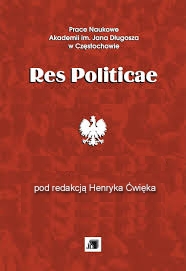
Keywords: caricature; visual propaganda
The paper presented a vision of Soviet Union and the socialist bloc countries created by carica-tures which appeared in Poland. The main source was caricatures which were published in Polish newspaper “Tribune of The People” from 1950 to 1955. The author presented main techniques and symbols which were used to create the vision of USSR. The author found that this vision was al-ways positive. The way USSR and its satellites was presented resulted from the fact that Poland was member of the socialist bloc countries.
More...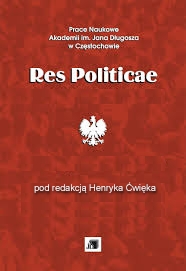
Keywords: "Trybuna Ludu";Korea;Korean War;Socialist realism;satirical illustrations;Caricature;politics;
The author presents vision of Korean War (1950–1953) created by Cold War political caricatures, which was published in Poland. She analyses content of the satirical illustrations and tries toexplain their sense. She pays attention to the drawing manner, which was characteristic for social-ist realism and political events, which was related to the caricatures.
More...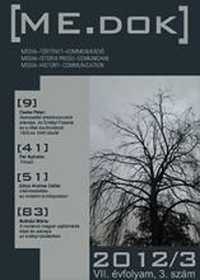
Keywords: caricature; Transylvanian press; literature; fine arts
The imagery of the Hungarian press in Romania in the 1960s and 1970s was shaped and diversified by the works of art of famous contemporary artists. The caricatures with literary and cultural references showcase the valuable and productive life work of several artists. Of these, the author mentions the series of caricatures of Erzsébet Surány, Gusztáv Cseh, and Helga Unipan, as well as the statuettes of Sándor Benczédi, very popular in those decades.
More...Dr. Radim Šíp (dále jen Šíp) uveřejnil stať1, kterou pokládá za pragmatickou kritiku realismu ve filosofii. Mohl bych se opřít o shora uvedené motto a konstatovat prostě, že pro Šípa inferenční praxe je svatosvatá (jako pro všechny neopragmatiky) a že mu alternativa uvedená shora vůbec nepřišla na mysl. Mohl bych konstatovat, že ve stati není nic, co by již nebylo mnohokrát řečeno a co by šlo nad starou otázku, jak objasnit korespondenci myšlenek s realitou. Také bych ještě mohl podotknout, že autor má Jamese a Rortyho přečtené, ale že by se mohl zamyslet i nad jinou literaturou (pokud jde o antirealisty, je jistě např. Dummett na nesrovnatelně vyšší úrovni než populární provokatér Rorty, a pokud jde o Šípovy protivníky, tj. realisty, stačilo by zamyšlení nad argumentací starého Bolzana, aby polemický ráz stati byl podstatně oslaben).
More...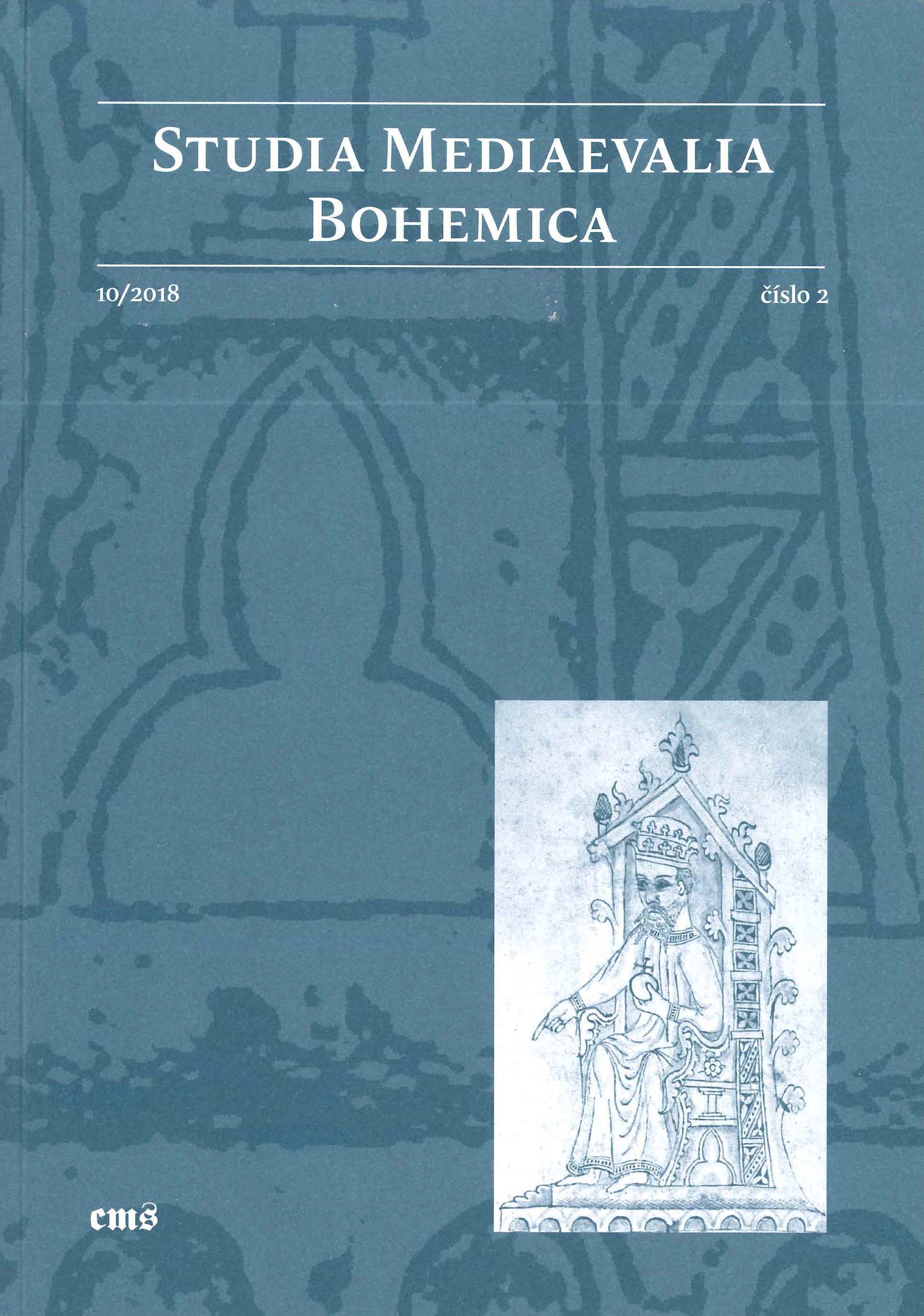
Keywords: Charles IV; John of Bohemia; Henry VIII; Empire; Bohemia; Italy; Lucca; Pisa; Florence; Dante Alighieri; Giovanni Villani; Matteo Villani; Petrarca; Coluccio Salutati; Francesco Novati; historiography
This article evaluates once more the historiographic and literary images of John of Bohemia and his son Charles IV in Italian texts from the 14th and early 15th centuries. What we find is a peculiar mixture of criticism and apotheosis, sometimes stated by the same authors, depending on the point in time they were writing, and of course the expectations of their potential readers. While John of Bohemi faced overwhelming expectations from Dante after the death of his father, he was branded naive yet greedy papal mercenary from the beginning of his Italian Expedition in the early 1330s. His son was more successful in avoiding negative stereotypes and harsh criticisms during his Italian expeditions in his youth, as well as in 1354/55 and 1368/69. In the end, however even chroniclers that are traditionally considered to have had a positive view of the Luxemburg king and emperor harshly rejected his political actions in Italy. Most of the time, this is connected with the financial interests all foreign monarchs had when establishing temporary rulerships in Italian cities, and the monetary pressures this bore on their citizens; the worn-out cliché, both of contemporaries and historical researchers, that labelled foreign, Central European monarchs as barbaric intruders, could hardly be confirmed. Charles and his father are blamed for being unable to solve the structural problems of Italian and Imperial politics.
More...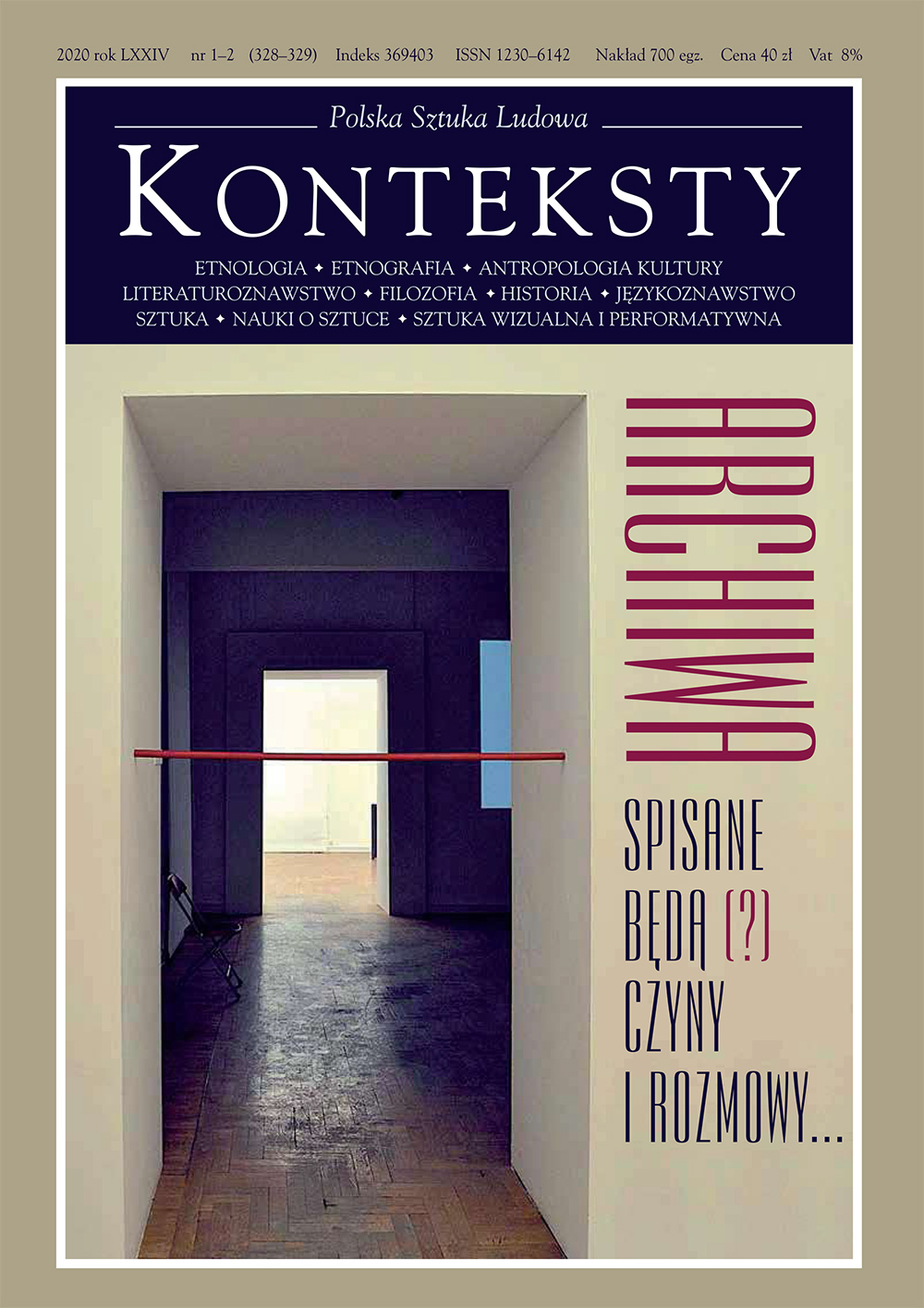
Keywords: Leon Jeśmanowicz;archive
Manuscript titled Mathematics and caricature. Passions of Leon Jeśmanowicz describes an interesting figure of great scholar and caricaturist. The manuscript was inspired by collection of theatrical caricatures authored by Jeśmanowicz, which is located in the theatre documentation of The Institute of Art of the Polish Academy of Sciences (IA PAN). Collection presents artists of Vilnus theatres, operating under the leadership of Leopold Pobóg-Kielanowski during World War II. Pictures of artists, which are iconographic recordings of performances from those times, were also printed by IA PAN in publication about theatre in Vilnus. The author of portraits, mathematician by profession, but also a theatre enthusiast, had lived in Vilnius until the end of the war, then, since 1946 he has settled permanently in Toruń. He became a great mathematics teacher with professor’s title. His second passion, which he shared with mathematics from youth, was caricature. He was drawing constantly, not only people of theatre, but also family and friends, fellow mathematicians, associates, officials and randomly met figures. Many documents, which comprise whole life of Jeśmanowicz and are kept in the Archives of Nicolaus Copernicus University, show that Vilnius portraits are only a small part of the Jeśmanowicz creation. Those documents show a huge number of his theatre and other caricatures from 1930s, World War II and period after war. Other archival reminders and publication titled Leon Jeśmanowicz (1914-1989) we wspomnieniach współpracowników i przyjaciół [Leon Jeśmanowicz (1914-1989) in memories of associates and friends] complete the image of scholar-artist, who was called Renaissance Man in a community.
More...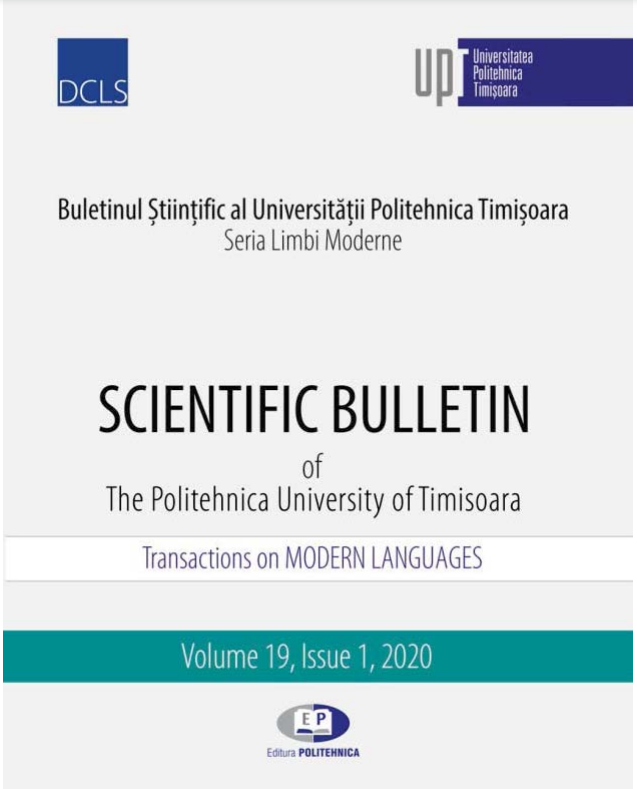
Keywords: caricature;humour;jeu énonciatif;connivence;
L’objectif de cet article est de traiter le discours humoristique à travers l’analyse des affiches caricaturales consacrées à la représentation des contrastes attitudinaux dans la société algérienne qui révèlent le fonctionnement de dispositif énonciatif mis au service de la formulation détournée de la critique sous couvert du comique.
More...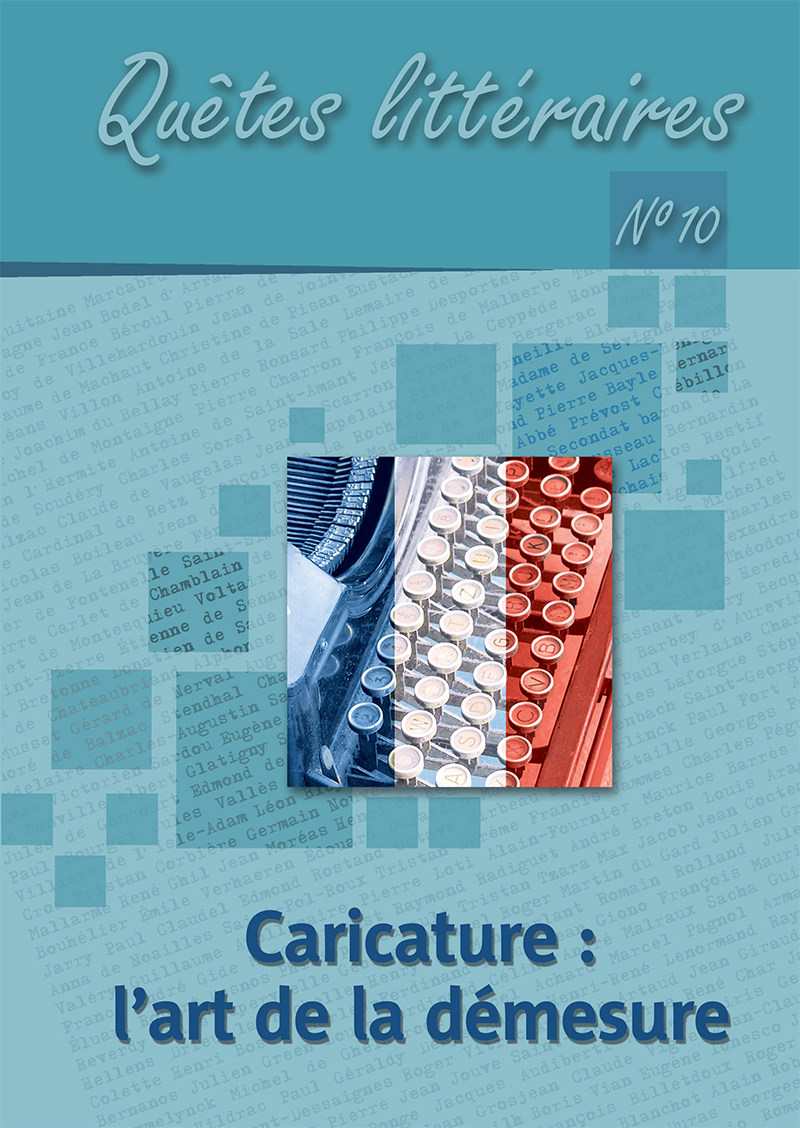
Keywords: Proust; Cocteau; visibility; exaggeration; caricature
The paper discusses the relationship between Marcel Proust and Jean Cocteau in connection with the problem of their “visibility” (Nathalie Heinich) based on Jean Cocteau ’s portrait (1922) of Marcel Proust and Claude Arnaud’s biographical essay (2013). In this context, Cocteau’s drawing, which conveys Marcel Proust’s extravagant character, could nowadays be considered not only a caricatural representation of the author of In Search of Lost Time, but also a demythologizing one, especially in contrast to the image of invisible Proust created by structuralist interpretations. Also, in the mediatic and theoretical contemporary context, Cocteau’s visual representation of Proust could be used to reflect on Proust ’s action (conduite) which, combined with his narrative discourse, defines the “posture” (Jérôme Meizoz) of the author of In Search… within the literary field.
More...
Keywords: Sara Gay Forden; The House of Gucci;
Casa Gucci: O poveste senzaţională despre crimă, nebunie, strălucire şi lăcomie de Sara Gay Forden, regizorul Ridley Scott.
More...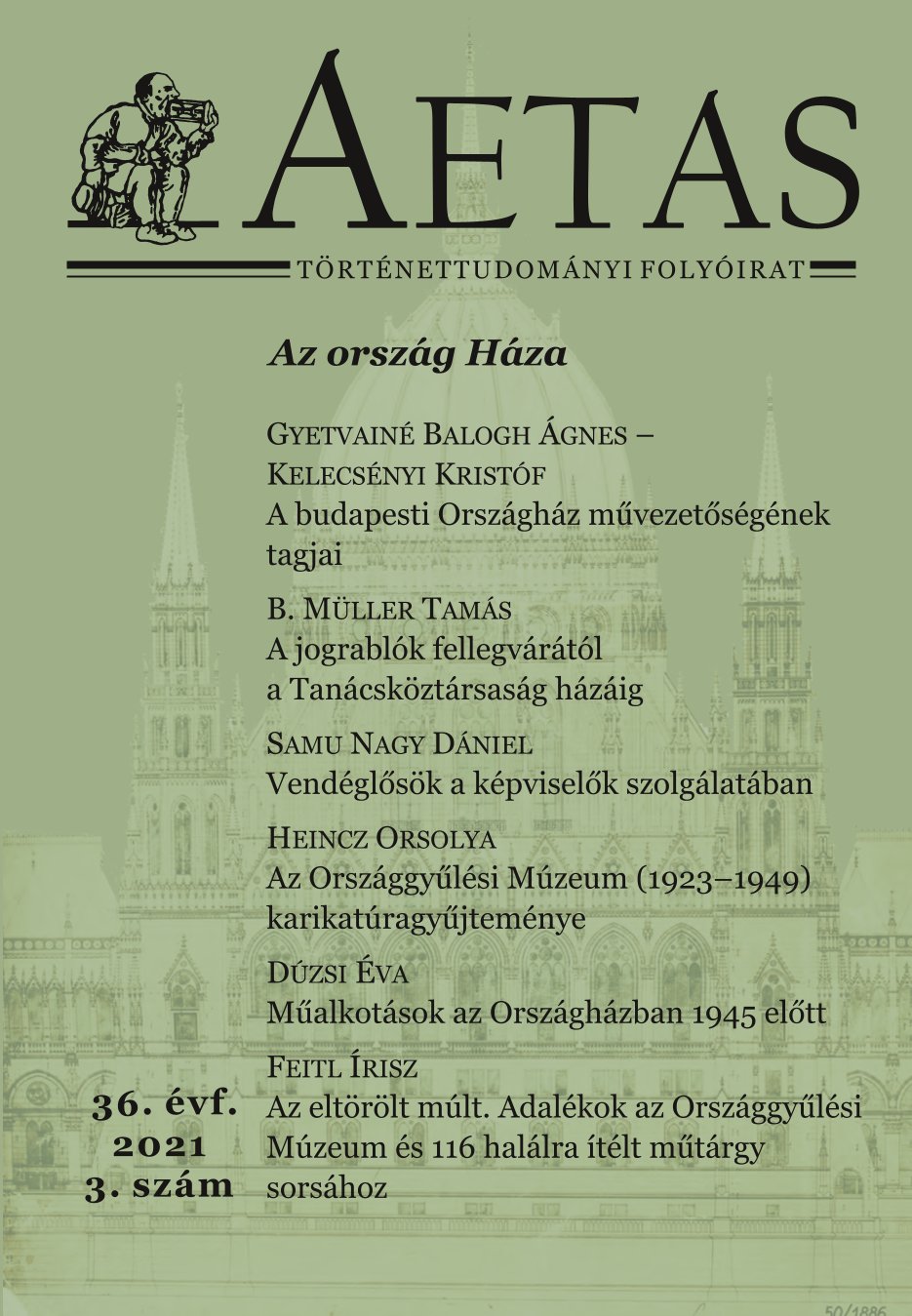
This study examines the caricature collection of the Museum of the National Assembly, which existed between 1923 and 1949. It was created by the regime in power between the two World Wars for propaganda purposes. The core assumption of the study is that the regime used political caricatures as a form of self-representation, therefore the way the institution operated was strongly determined by political and ideological factors. The study discusses the organization of the collection and the exhibitions showcasing the works along these ideas. By examining the circumstances of the acquisition of the caricatures, the social status of the previous owners, the artists, and their political affiliations, and of course the caricatures themselves, the study attempts to answer the question how purposefully the museum used its caricature collection as an instrument of propaganda. It also aims to call attention to this unique collection of the Museum of the National Assembly, which has barely been researched before. By creating a collection of more than 1500 items and collecting and examining these caricatures in a scientific manner as historical sources, political caricatures entered the spotlight of political history research in Hungary for the first time. The primary sources of the study were archival documents regarding the Museum of the National Assembly, contemporary press releases, and the caricature collection itself, which remained intact almost in its entirety and is currently available for research in the Graphic Collection of the Hungarian National Museum.
More...
Keywords: Ad Reinhardt; art contemporain; désaliénation; art et politique; peinture et illustration; art engagé
More...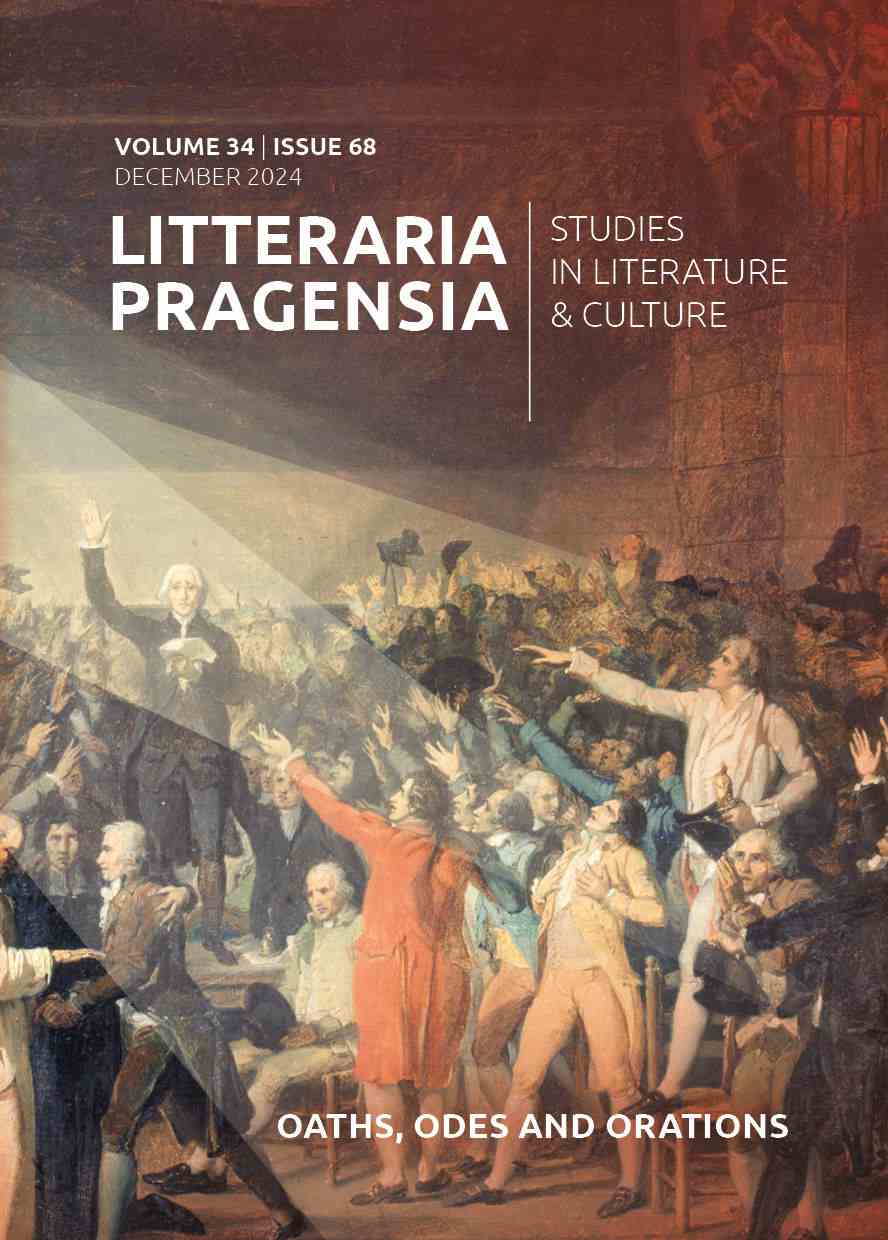
Keywords: Edmund Burke; Thomas Paine; caricature; elocution; exclamation; performance; punctuation; theatrical
Taking as its starting point Steven Blakemore’s contention that Thomas Paine’s purpose, in writing Rights of Man, was to “linguistically suppress” Edmund Burke, this article explores a comparatively neglected aspect of this attempt at linguistic suppression, namely the deliberate use of punctuation by Paine to undermine his opponent’s authority. Paine’s memorable phrase to characterize Burke’s style, “The spouting rant of high-toned exclamation,” is not simply an instance of the author’s verbal inventiveness. It is deeply rooted in the rich soil of mid- to late eighteenth century Britain, when grammar, punctuation and elocution became the topic of a growing number of books, in a cultural context in which “reading” was widely understood to mean “reading aloud.” Even so-called “silent reading” could not go without a certain amount of subvocalization, thanks to which the reader could be said to “hear,” even internally, the words on the page. All reading therefore involving a degree of performance, this allowed Paine to make devastating use of the exclamation mark to distort significant quotations from Burke and alter the nature of the emotions the original text was supposed to convey. This reminds us that political caricature can be no less oral/aural than visual.
More...Keywords: Democratic Republic of Georgia; Caricature Lado Gudiashvili; Shalva Kikodze; Mikheil Chiaureli;
The most important cultural events of the 1910-20s are related to the Democratic Republic of Georgia - a free political process gave birth to free art or, on the contrary, free artistic energy gave birth to the alike country. Tbilisi, similar to Paris of the first half of the 20th century, was not only the capital of Georgia, but also the center of Eastern Europe, where people of various nationalities and artists fleeing revolutionary Russia gathered. In Georgia, which became a refuge for the oppressed and displaced, modernists and avant-gardes thrived. Among the fields of fine arts, the development of the genre of Georgian caricature is worth noting. During the period of independence, many cartoonists worked in Georgia: Oskar Shmerling, Shalva Kikodze, Mikheil Tchiaureli, Aleksandre Zaltsman, Lado Gudiashvili, Gigo Zaziashvili and others. Magazines and newspapers of that time also demonstrated us the stories of Tamar Tavadze and Elene Akhvlediani. Caricature, based on its essence, is of special importance in terms of understanding and evaluating socio-political problems. That is why for years in Georgia, which was part of the Russian Empire, many printed publications with caricatures were victimized by the censorship. Since 1918, the free environment has created completely new opportunities for artists. Satirical-humorous editions, in which sharp and critical pamphlets illustrated by artists, were printed without censorship. It is also worth noting that these works were often ironic, but not cynical - even critically depicted reality was characterized with harmless intentions and humour. The situation began to change radically from 1921, when the Soviet ideology confronted the person, his self, individual thinking, and with the motive of forming a common collective unity, created a new reality with fear and terror, where a new person, the "Soviet individual" was created. Since then, Soviet censorship has turned caricature into a tool of its own struggle and a means of propaganda.
More...